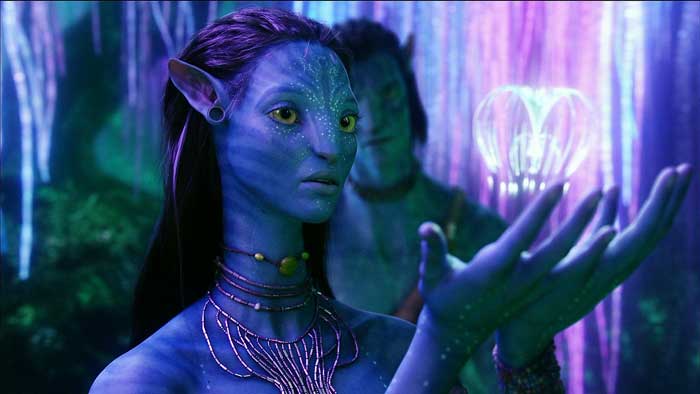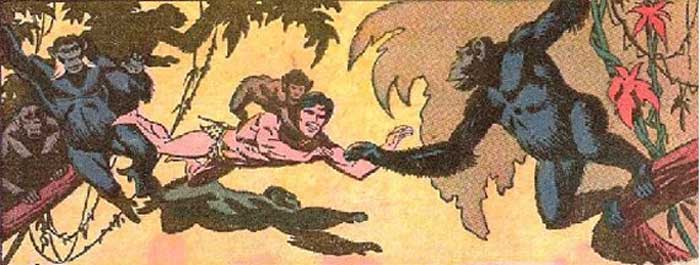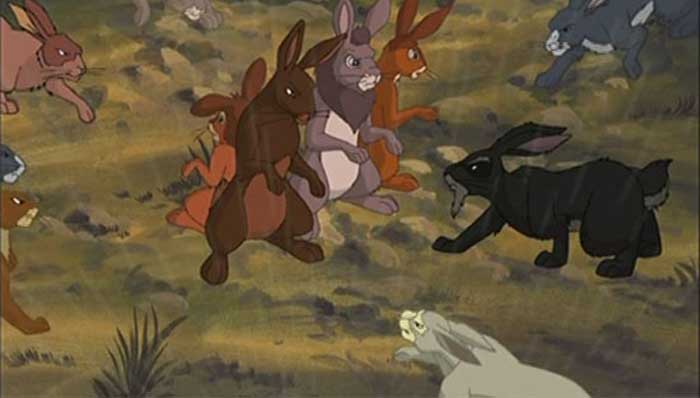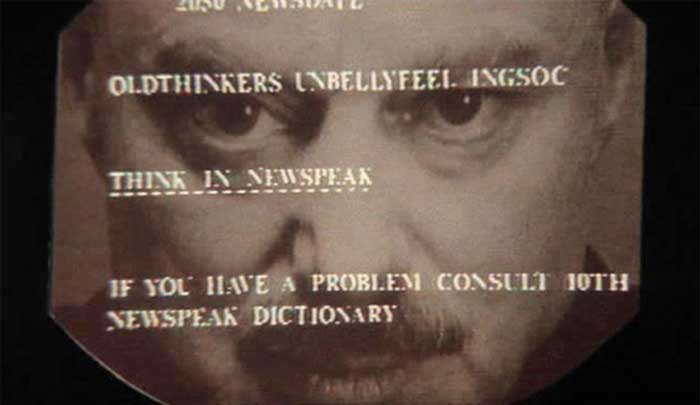- 2.6Kshares
- Share
- Tweet
- Facebook Messenger
Albus Dumbledore had said,’words are capable of both inflicting injury, and remedying it’. People who deal with creativity know that by heart. Take Tolkien for example. He created about 10 languages for his characters of Middle-earth, all for the sake of the LOTR series.
Language is always the easiest way to someone’s heart, and some people made very good use of it, by creating fictional languages for the sake of a book, a movie, or a T.V. series, knowing too well that this certain trope will keep the audience hooked. Like these 11 languages, that are fictional, but have no less mesmerising effect on human beings than any pre-existing language.
1. Elvish, from Lord of the Rings series

In his LOTR series, J. R.R. Tolkien created many languages for the elves of Middle-earth. Chief among these are Quenya (High-elven) and Sindarin (Grey-elven).
Example: Namarie – farewell.
2. Dothraki, from the Game of Thrones series

Dothraki is the language of the nomadic tribe of the same name. This language was fully constructed by linguist David Peterson for the TV series, from the Dothraki words in G. R. R. Martin’s books.
Example: Rhaesh – country.
3. Minionese, from the Despicable Me series

Minionese is the language of the great Minions. This language was created by taking words from many different languages. And might I say, this is the cutest language I have ever heard.
Example: Bello – hello.
4. Na’vi, from the film Avatar

Na’vi is the language of the indigenous inhabitants of the same name of Pandora, the moon. It was created for the film Avatar. This language has over 2000 words, giving it the status of a complete language.
Example: Oel ngati kameie – I see you.
5. Klingon, from Star Trek

Klingon is the language of the Klingons, an extraterrestrial humanoid warrior species, from the Star Trek series. This language was first heard in the film Star Trek: The Motion Picture. Two of Shakespeare’s dramas have Klingon versions, as well as there is a dictionary of this language.
Example: Listen how it’s pronounced here.
6. Parseltongue, from the Harry Potter series

Parseltongue is the language of serpents, and of people who communicate with them. It was first mentioned in Harry Potter and the Chamber of Secrets, though from the 1st book itself we knew that Harry could communicate with snakes. Parseltongue is considered to be a sign of dark magic, and cannot be achieved by learning. It is hereditary.
7. Mangani, from the original Tarzan series

Mangani is the fictional language of the great apes from the original Tarzan series. This is also a term that the apes use to call each other.
Example: Tarzan – white skin.
8. Nadsat, from A Clockwork Orange

Nadsat is the language of the youth from Anthony Burgess’s novel A Clockwork Orange. This language is partially a heavily Russian influenced version of English.
Example: Appy polly loggy – apology.
9. Simlish, from the Sims

Simlish is the language of Sims, from the video game of the same name. It is also the official language of the SimNation.
Example: Sul Sul– hello. Hear Katy Perry singing in Simlish here.
10. Lapine, from Watership Down

Richard Adams, in his novel Watership Down, created Lapine as the language that the main protagonists of the book, rabbits, speak in.
Example: Silflay- to go above ground to eat.
11. Newspeake, from 1984

George Orwell created this language in his epic novel 1984. Newspeak is a controlled language created by the totalitarian state, that controls freedom of thought by slowly eliminating all the words associated with freedom, rebel, independence, individuality etc. The objective of this language is to stop “thoughtcrime”.
Example: Bellyfeel – acceptance of an idea so much that it becomes a gut instinct.
“I have hated words and I have loved them, and I hope I have made them right.” – The Book Thief.
- 2.6Kshares
- Share
- Tweet
- Facebook Messenger




